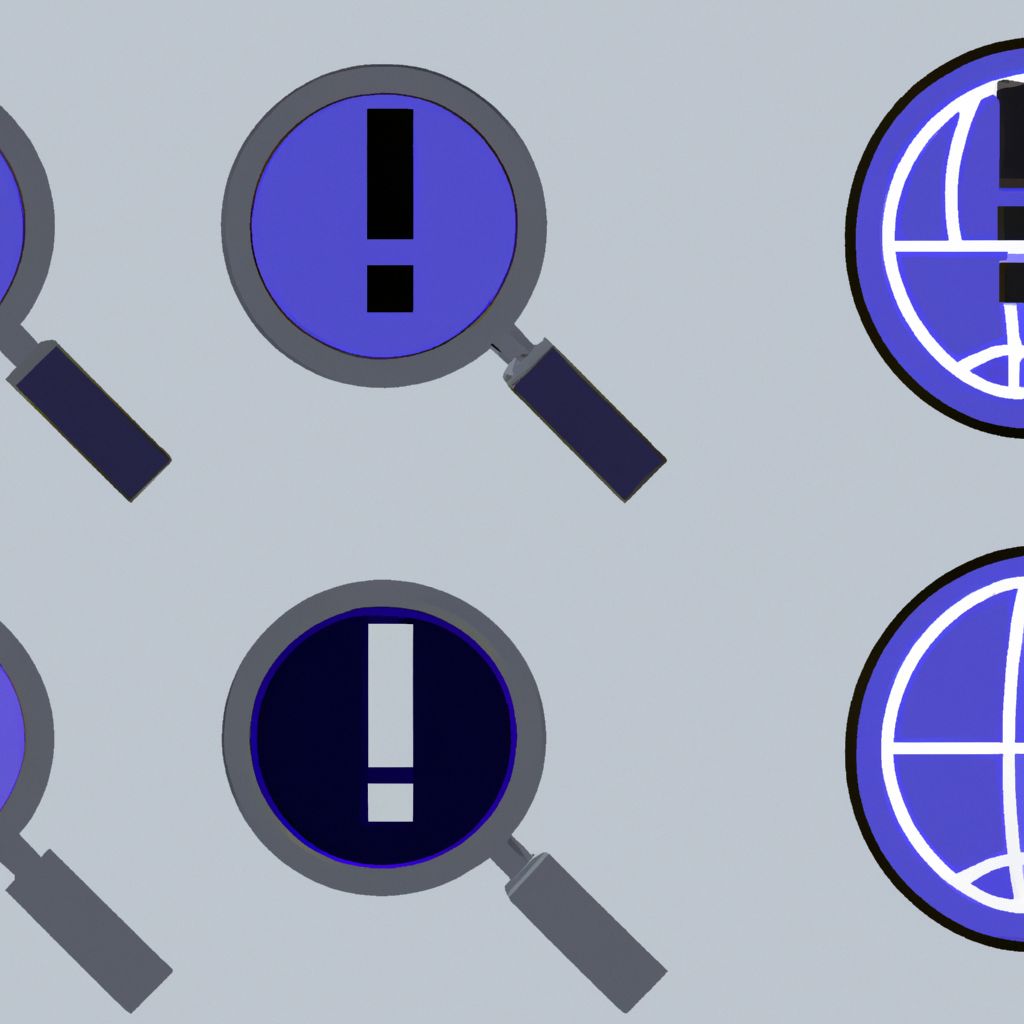Introduction: Securing Your Digital Front Door
Your online domain is often the first point of contact for customers, partners, and unfortunately, potential attackers. It represents your organization's digital presence and hosts critical web applications, APIs, and infrastructure. Performing penetration testing specifically targeting your online domain is crucial for understanding and mitigating the risks associated with your external-facing assets. This process simulates attacks from the perspective of an external threat actor, aiming to identify vulnerabilities that could be exploited from the internet.
What Does "Pentesting a Domain Online" Entail?
Pentesting an online domain typically falls under the category of External Network Penetration Testing. The primary focus is on assets accessible directly from the public internet associated with that domain. This includes:
- Web Servers: Hosting your main website, blogs, e-commerce platforms, etc.
- Mail Servers: Handling email communications (e.g., SMTP, IMAP, POP3).
- DNS Servers: Resolving your domain name to IP addresses.
- VPN Endpoints: Allowing remote access to your internal network.
- Firewalls and Routers: The first line of defense at your network perimeter.
- Other Exposed Services: Any other applications or services listening on public IP addresses associated with your domain (e.g., FTP servers, custom applications).
The goal is to identify weaknesses in the configuration, implementation, and management of these external systems.
Key Strategies and Methodologies
Conducting a successful domain pentest involves several key phases, mirroring real-world attack patterns:
Reconnaissance (Information Gathering): This is a critical first step. Testers gather as much public information as possible about the target domain and its associated infrastructure. Techniques include:
- DNS Enumeration: Identifying subdomains, mail server records (MX), name server records (NS), etc. (Tools:
dig,nslookup, Amass, Sublist3r). - Whois Lookups: Finding registration details, contact information, and related domains.
- Search Engine Dorking: Using advanced search operators (e.g., Google Hacking Database) to find exposed information, login pages, or sensitive documents.
- Port Scanning: Identifying open ports and running services on discovered IP addresses (Tools: Nmap, Masscan).
- Technology Identification: Determining the web server software, CMS, frameworks, and other technologies in use (Tools: Wappalyzer, WhatWeb).
- DNS Enumeration: Identifying subdomains, mail server records (MX), name server records (NS), etc. (Tools:
Vulnerability Scanning: Using automated tools to scan identified hosts and services for known vulnerabilities based on their versions and configurations. While useful, automated scans must be validated manually.
Manual Vulnerability Analysis and Exploitation: This is where the tester's expertise shines. They manually probe identified services and applications for vulnerabilities that automated scanners might miss, including:
- Web Application Flaws: Targeting OWASP Top 10 vulnerabilities on web servers (SQLi, XSS, Broken Access Control, etc.).
- Service Misconfigurations: Weak passwords, default credentials, unnecessary exposed services.
- Outdated Software: Exploiting known vulnerabilities in unpatched systems or third-party components.
- Firewall Rule Testing: Attempting to bypass firewall restrictions.
- Authentication Bypass: Trying to circumvent login mechanisms.
Post-Exploitation (Optional but Recommended): If a system is successfully compromised, testers may attempt (within the agreed scope) to understand the extent of the compromise, escalate privileges, or pivot to other systems.
Important Considerations
- Scope Definition: Clearly define what is in scope (specific domains, subdomains, IP ranges) and what is out of scope. Testing assets you don't own is illegal. Ensure you have explicit, written authorization from the domain owner.
- Rules of Engagement: Establish clear guidelines on testing times (to avoid disrupting business operations), acceptable testing techniques (e.g., are denial-of-service tests allowed?), and communication protocols.
- Black-Box vs. Gray/White-Box: Domain pentesting is often performed as a black-box test (minimal prior information) to simulate an external attacker. However, gray-box or white-box approaches can be used if the goal is a more in-depth assessment of specific external systems.
- Legal and Ethical Boundaries: Always operate within legal boundaries and ethical guidelines. Obtain proper authorization before starting any testing activities. Respect privacy and avoid accessing or exfiltrating sensitive data beyond what is necessary to demonstrate impact.
- Third-Party Services: Be mindful of cloud services or third-party providers hosting parts of your domain infrastructure. Their terms of service might have specific requirements or prohibitions regarding penetration testing. Coordinate with them if necessary.
Reporting and Remediation
A comprehensive report is a critical deliverable. It should detail:
- Executive Summary: High-level overview of findings and risks.
- Methodology Used: Description of the testing process.
- Detailed Findings: Each vulnerability explained, including its location, potential impact, risk rating (e.g., CVSS score), and steps to reproduce.
- Evidence: Screenshots, logs, or command outputs demonstrating the vulnerability.
- Remediation Recommendations: Clear, actionable steps to fix each identified vulnerability.
Following the report, the organization should prioritize and implement the recommended fixes. A re-test is often advisable to confirm that vulnerabilities have been successfully remediated.
Conclusion
Pentesting your online domain is not a one-time task but an ongoing process. Regular external penetration tests provide invaluable insights into your organization's security posture from an attacker's perspective. By identifying and addressing vulnerabilities in your internet-facing assets, you can significantly reduce your attack surface and protect your critical data and reputation from external threats.
Disclaimer: This post represents the view of the individual author that wrote it and not necessarily the view of Rarefied Inc.
Looking for professional security testing?
Based on your interest in this topic, you might benefit from our specialized security services:
